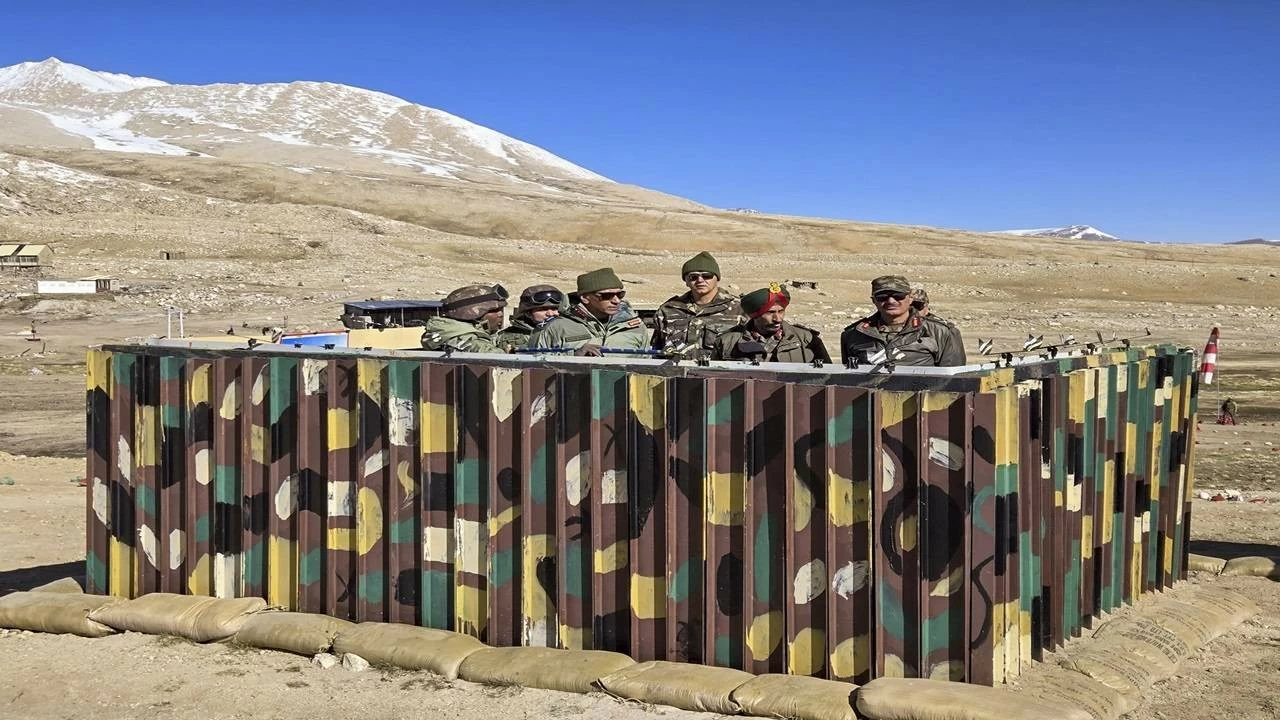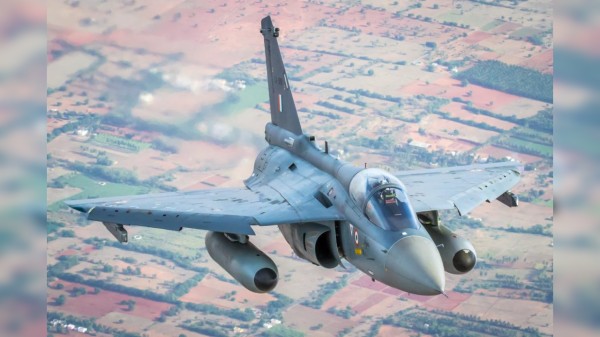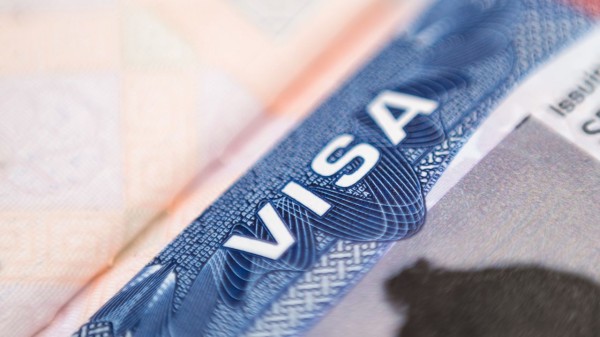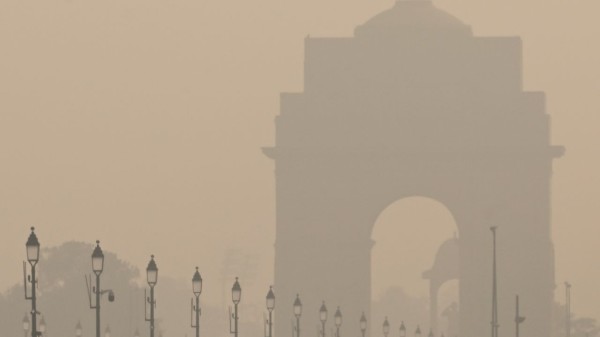

By signing in or creating an account, you agree with Associated Broadcasting Company's Terms & Conditions and Privacy Policy.


By signing in or creating an account, you agree with Associated Broadcasting Company's Terms & Conditions and Privacy Policy.

New Delhi: India and China held discussions on border-related issues and disputes. China said that the two militaries engaged in “active and in-depth discussions” on maintaining control and management along the western section of the border.
"Both sides agreed to continue to maintain communication and dialogue through military and diplomatic channels,” the Chinese defence ministry was quoted as saying by Reuters.
The discussions were carried out on October 25 at the Moldo-Chushul border meeting point on the Indian side.
The focus of the meeting was maintaining stability and improving communication along the Line of Actual Control (LAC) in the western sector of the border.
The key friction points in eastern Ladakh were taken up and ways to find ways to iron out the differences and settle the disputes were discussed. The two sides also reviewed the progress made in previous rounds of talks. They also explored ways to reduce further escalations along the boundary.
Stress was also put on maintaining peace in areas along the border. India and China agreed to take forward the dialogue through military and diplomatic channels. They also discussed how to build on the progress made till now in the disengagement process. Ties between the two sides saw a new low after the Galwan Valley clashes in 2020.
Earlier in July this year, the two neighbours held discussions on border control along the LAC in Eastern Ladakh, which China dubbed as “candid”. The meeting was held under the Working Mechanism for Consultation and Coordination (WMCC) framework for India-China border affairs.
The discussions on October 25 took the July talks forward.
These talks hold importance as they can go a long way in gradually normalising the bilateral relations. The talks serve as a good platform to maintain peaceful ties.
The talks between the two sides reflect the thaw in ties after five years. It shows that New Delhi and Beijing are trying to renew their ties, against the backdrop of growing warnings and tariff threats issued by the US President Donald Trump. Both sides realise that the geopolitical landscape is fast evolving.
Beyond military and diplomatic engagements, the renewed goodwill is also evident in the recent resumption of direct flights between the two nations. IndiGo airlines was the first flight, departing from Kolkata for China's Guangzhou.
In August, Prime Minister Narendra Modi visited China to attend the Shanghai Cooperation Organisation regional security meeting. It was his first trip to China in seven years. During the visit, PM Modi and Chinese President Xi Jinping underlined that India and China are partners in development, not rivals, and discussed ways to enhance trade amid global tariff uncertainties. All these developments indicate that India is looking for a cautious normalisation in relations with Beijing, and the talks are a step towards that.
Even though there have been agreements to ease tensions along the India–China border, frontline troops from both sides have yet to be fully withdrawn. According to some reports, each side continues to maintain an estimated 50,000 to 60,000 soldiers along the LAC in eastern Ladakh. Therefore, the recent talks were important in sustaining dialogue, and working towards more de-escalation.












